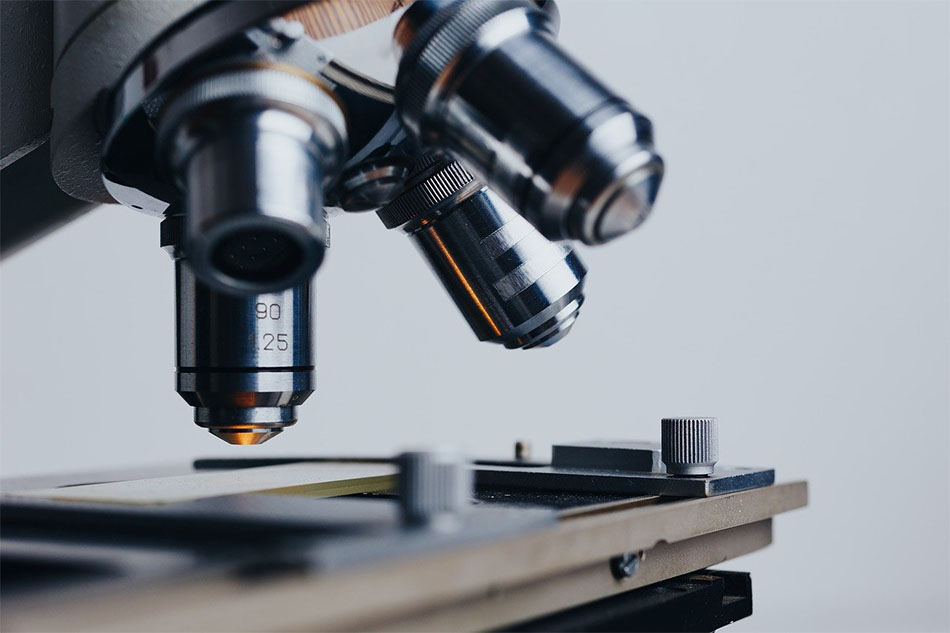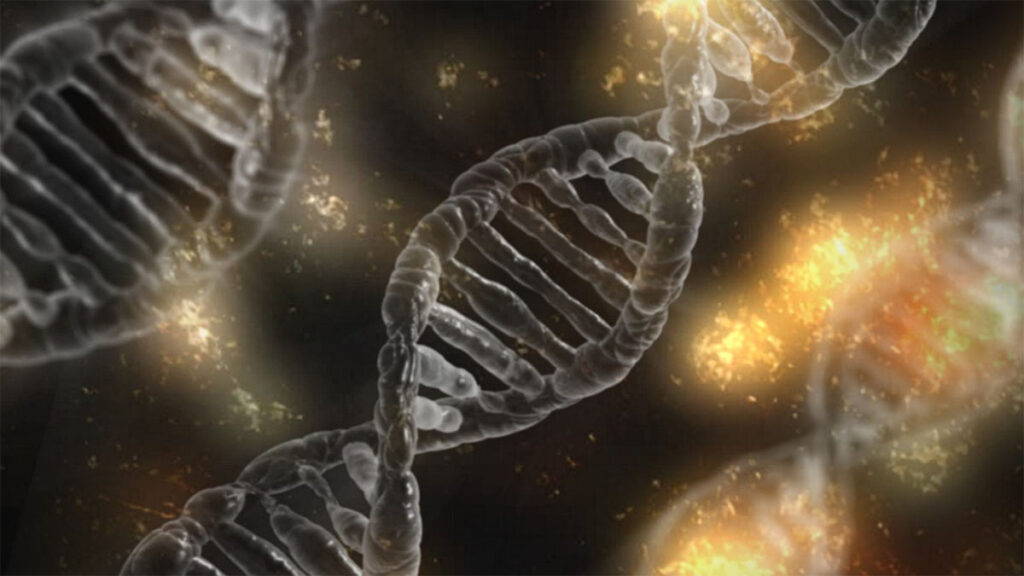An unusual pattern of DNA sequences in a gene belonging to Escherichia coli, a microbe that lives in the intestine, was discovered by a Japanese team of scientists at Osaka University in 1987. The gene tended to have five short repeated fragments of DNA divided by short ‘spacer’ DNA sequences that did not repeat. The five repeated fragments had similar sequences, the building blocks of DNA, consisting of 29 bases. By comparison, each sequence of the ‘spacer’ has its own special sequence, consisting of 32 bases. Never before had microbiologists seen such a trend.
However, they had started to discover by the end of the 1990s, with the assistance of recent advances to DNA sequencing, that this trend was widespread in many different types of microbes. The pattern was so popular that its own name was given: Clustered short palindromic repetitions frequently inter-spaced or CRISPR for short. The concept was invented in 2002 by a team of Dutch scientists headed by Rudd Jansen at the University of Utrecht, who observed in the same year that the CRISPR sequence was often followed by another series of sequences. They called this second collection of sequences “Cas genes” which is an abbreviation for genes aligned with CRISPR. The genes from the Cas tended to code for DNA-cutting enzymes.

By 2005,three research teams had independently discovered that the “spacer” sequences between the CRISPR sequences shared similarity with the virus DNA and believed that it may be a tool in the bacteria’s defense mechanism. Danisco first abused the CRISPR/Cas9 system in 2008. The company used it to improve the immunity of bacterial colonies against viruses–a technology that is still used by several food producers to make cheese and yogurt. Since then, this technology has been used in human cells and other animal cells grown in petri dishes to remove, insert, and change DNA. It is also used by scientists to develop transgenic animals including mice, rats, zebrafish, pigs, and primates.
The successful use of CRISPR/Cas9 in mice to remove muscular dystrophy, cure a rare liver condition, and to render human cells immune to HIV was reported by scientists between 2014 and 2015. In combination with pluripotent stem cells, it is also being studied to provide human organs from transgenic pigs. This work is aimed at helping to address some of the human organ shortages for transplant operations and to resolve some of the side effects induced by organ transplantation, such as graft-versus host disease.

References
Charpentier, Emmanuelle. “CRISPR‐Cas9: How Research on a Bacterial RNA‐Guided Mechanism Opened New Perspectives in Biotechnology and Biomedicine.” EMBO Molecular Medicine, John Wiley & Sons, Ltd, 21 Mar. 2015, embomolmed.embopress.org/content/7/4/363.
Gupta, Rajat M., and Kiran Musunuru. “Expanding the Genetic Editing Tool Kit: ZFNs, TALENs, and CRISPR-Cas9.” The Journal of Clinical Investigation, American Society for Clinical Investigation, 1 Oct. 2014, www.jci.org/articles/view/72992.
Harrison1, Melissa M., et al. “A CRISPR View of Development.” Genes & Development, Cold Spring Harbor Lab, 1 Jan. 1970, genesdev.cshlp.org/content/28/17/1859.full.
Hsu, Patrick D, et al. “Development and Applications of CRISPR-Cas9 for Genome Engineering.” Cell, U.S. National Library of Medicine, 5 June 2014, www.ncbi.nlm.nih.gov/pmc/articles/PMC4343198/.
Thakore PI, Gersbach CA. Genome Engineering for Therapeutic Applications. In: Laurence J, Franklin M, editors. Translating Gene Therapy to the Clinic: Techniques and Approaches. Academic Press, Elsevier, 2015; pp. 27-44.
